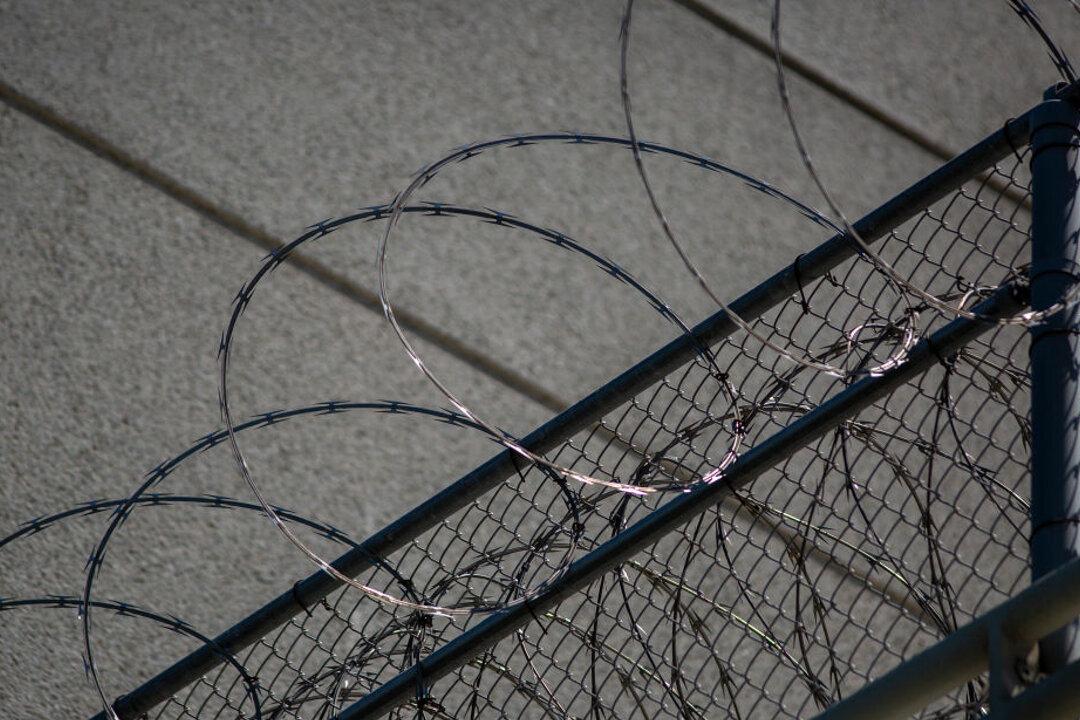Half a decade ago, Proposition 47, dubbed the “Safe Neighborhood and Schools Act,” passed in 2014, aiming to reduce penalties for some crimes.
Ever since, reactions to Prop. 47 have been mixed. Supporters hail the law as a major success, noting that the state’s prison population was reduced below the federally mandated target. Others, however, have noticed a sharp increase in certain crimes.



